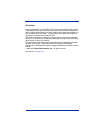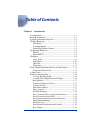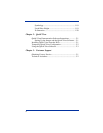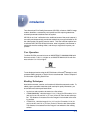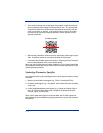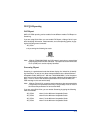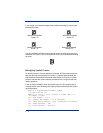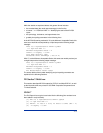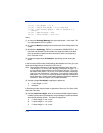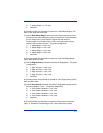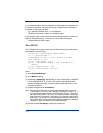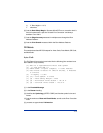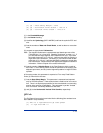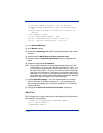
1 - 2
• The hand-held imager has a view finder that projects a bright aiming beam
that corresponds to the imager’s horizontal field of view. The aiming beam
should be centered over the bar code and positioned horizontally over the
code (no tilt, skew, or rotation). If the symbol surface is shiny, the reader
may have to be held several degrees below the normal position to avoid
specular reflections.
• When testing, attempt to minimize as much movement of the imager as pos-
sible. Excessive movement can cause variability in PQA results.
• It is best to take multiple reads of the symbol, comparing the PQA results to
form a better indication of the overall symbol quality.
When you use 2D PQA under the above conditions, you can expect meaningful
and repeatable results that can be used to make correction adjustments in your
symbol generation process.
Symbology/Parameter Specifics
Two-dimensional bar code symbologies come in three distinct varieties or basic
structures:
1. Stacked or Multi-Row symbologies (e.g., PDF417 and MicroPDF47),
2. 2D Matrix symbologies (e.g., Data Matrix, Aztec Code, QR Code, and Maxi-
code), and
3. Postal (Height-Modulated) symbologies (e.g., Postnet and Planet Code in
the U.S. and the 4-State codes used in England, the Netherlands (KIX),
Canada, Japan, and Australia).
Since each of these basic types or structures differ, the 2D PQA outputs are
quite different to accommodate the quality parameters for each of the classes of
2D symbols.
2D Matrix symbol




